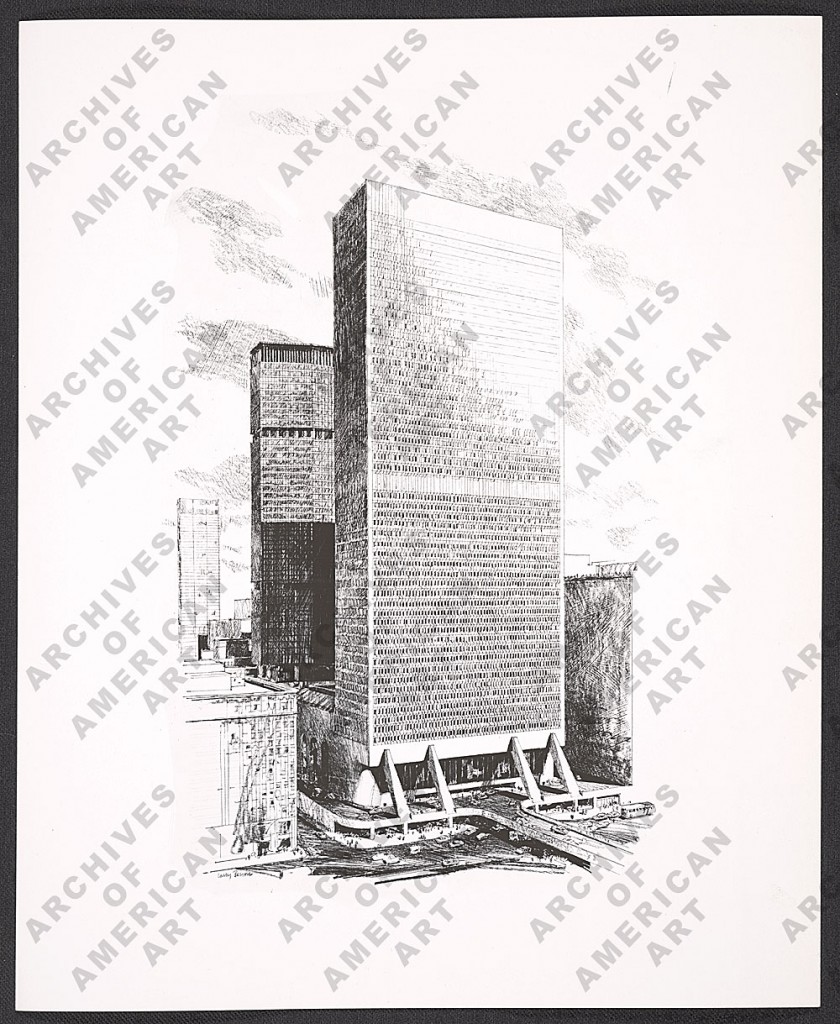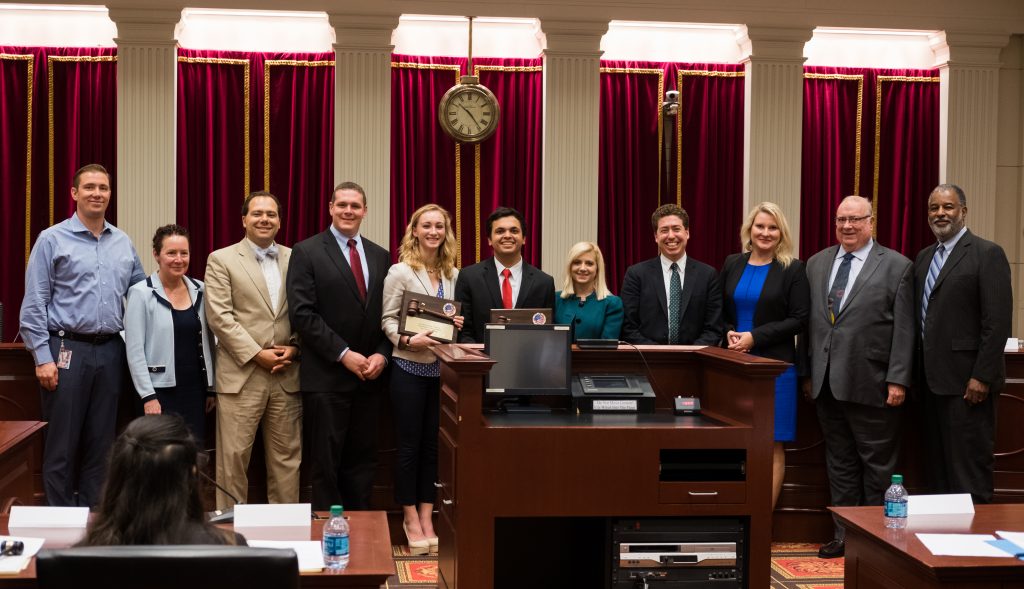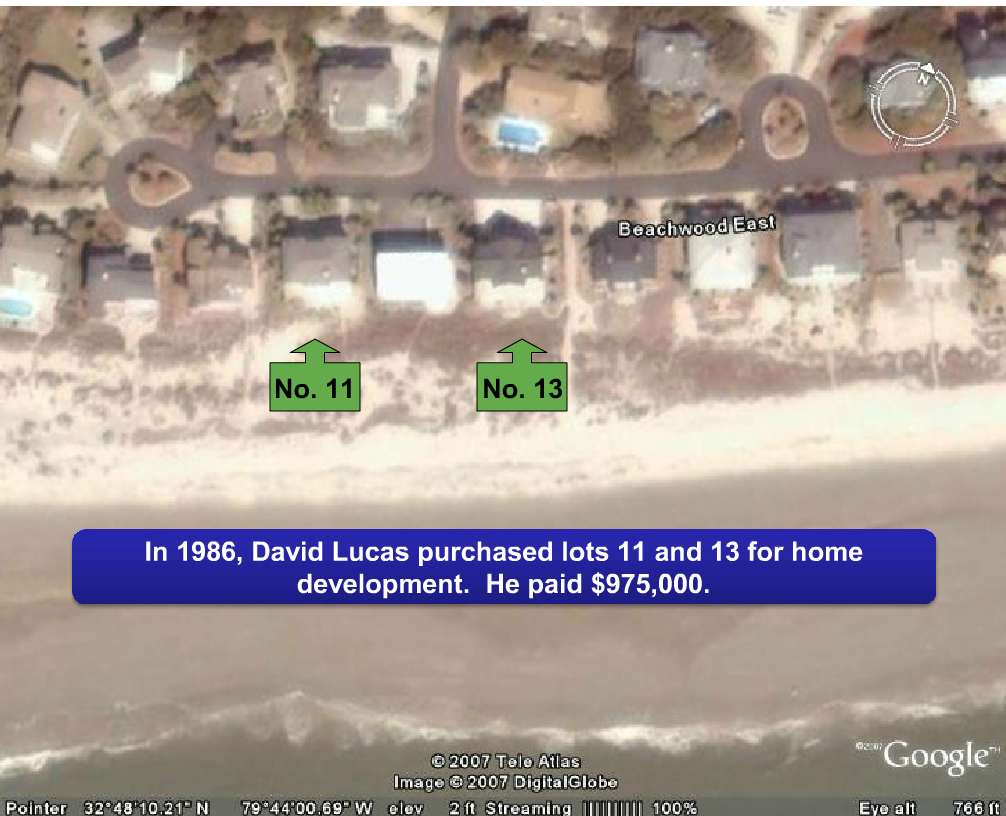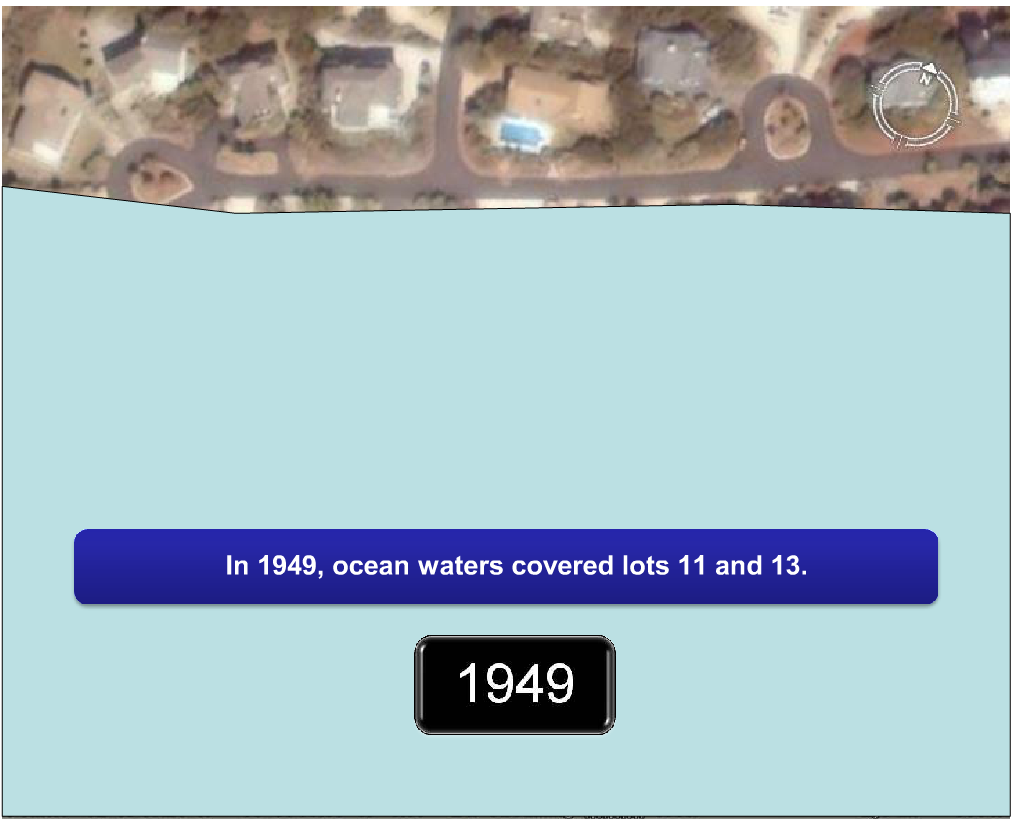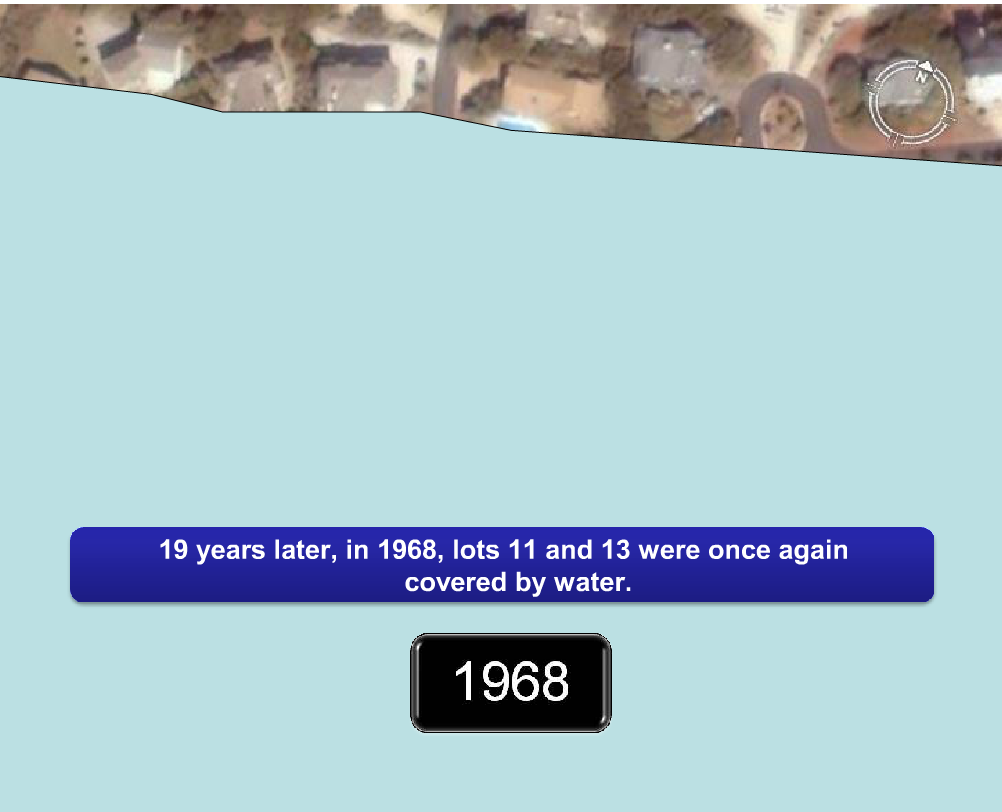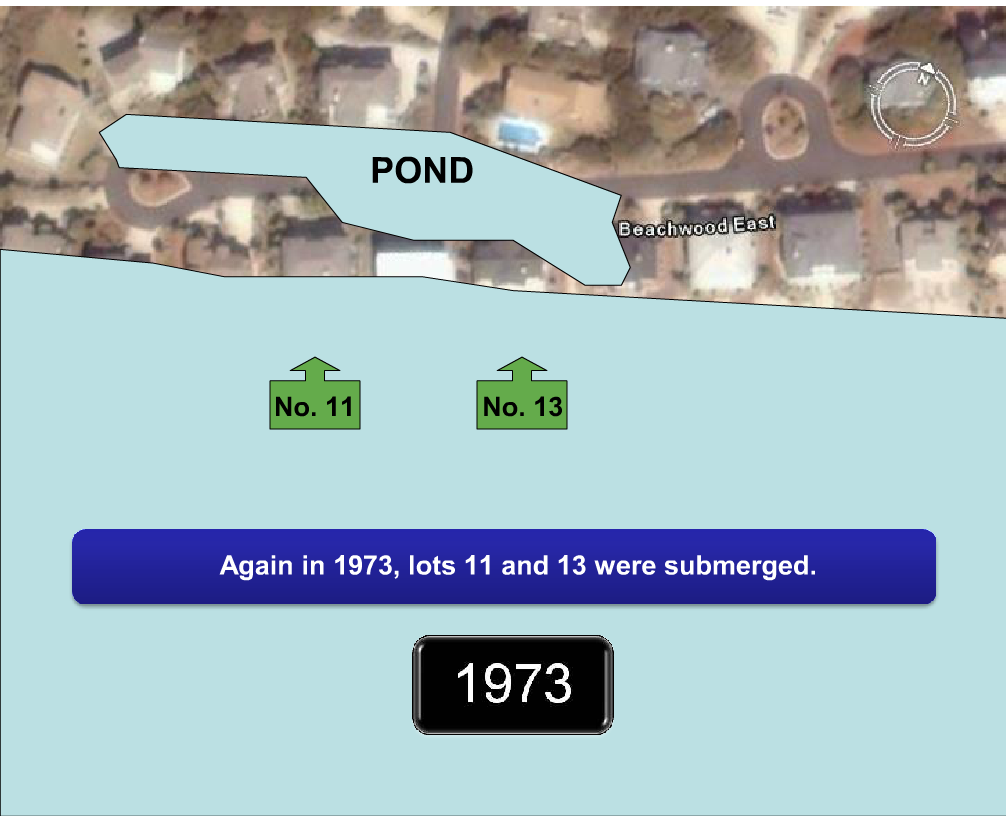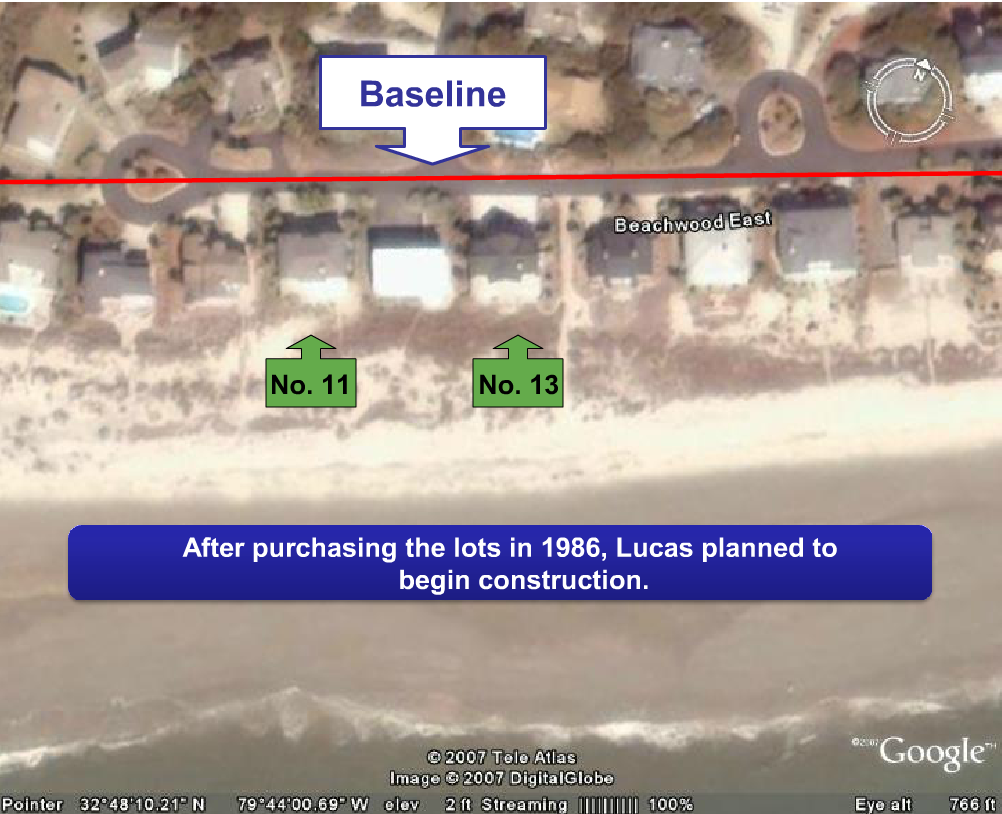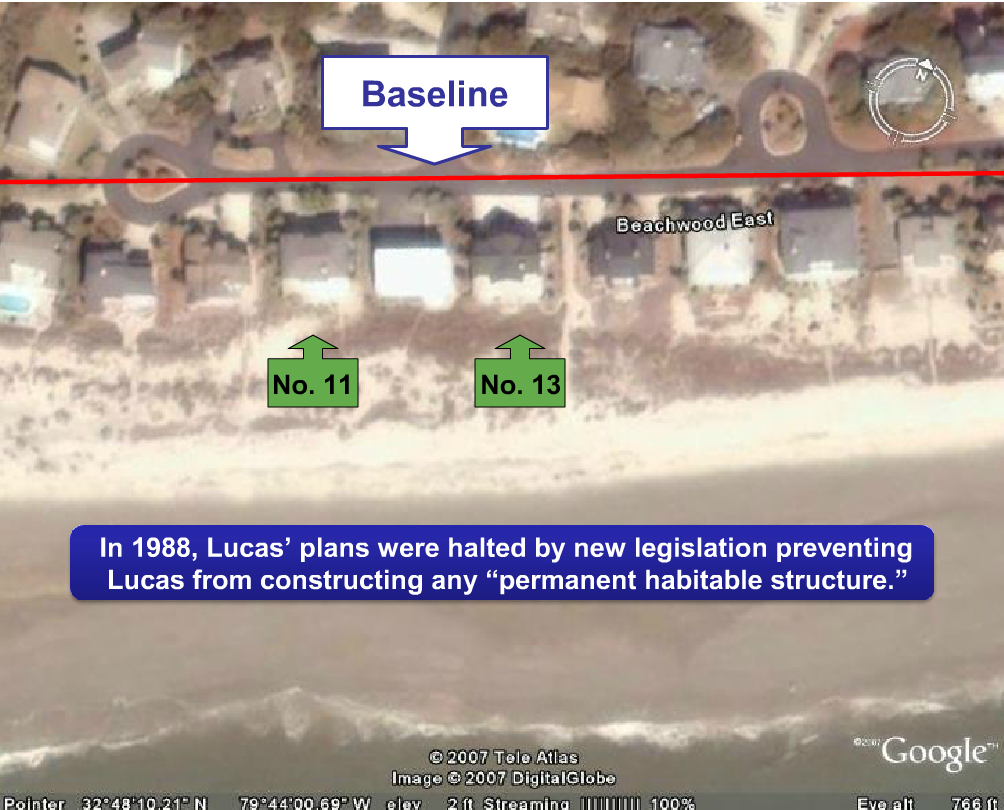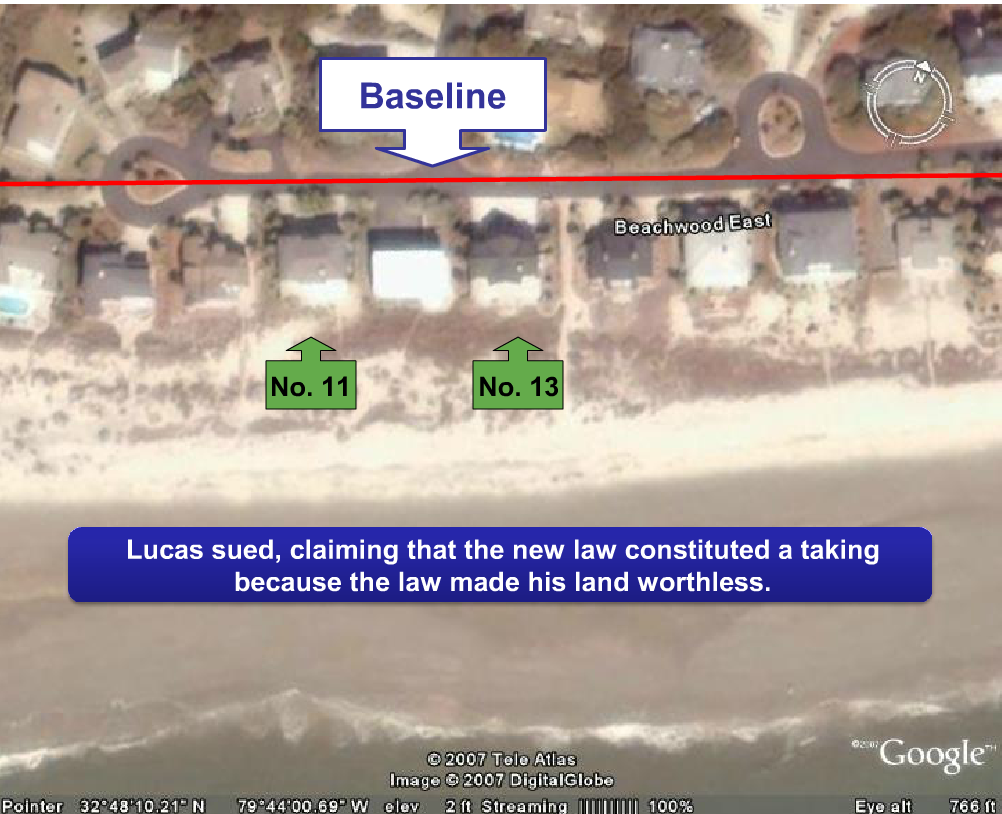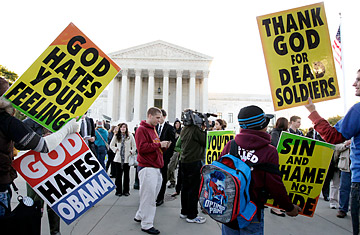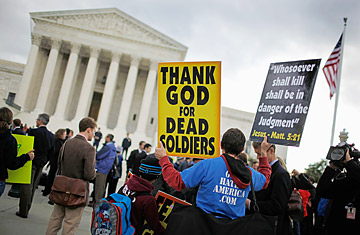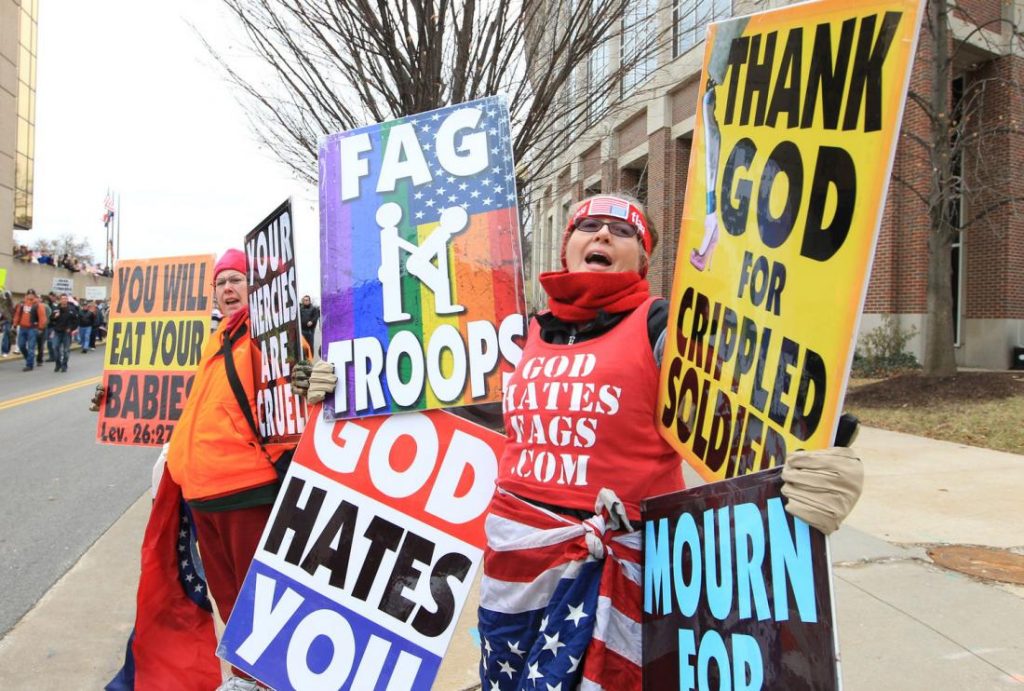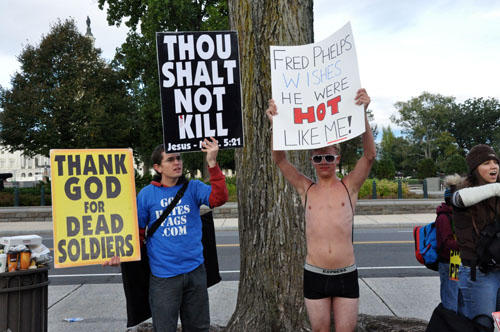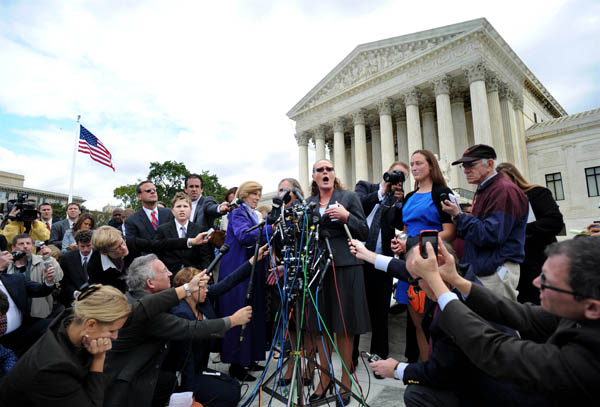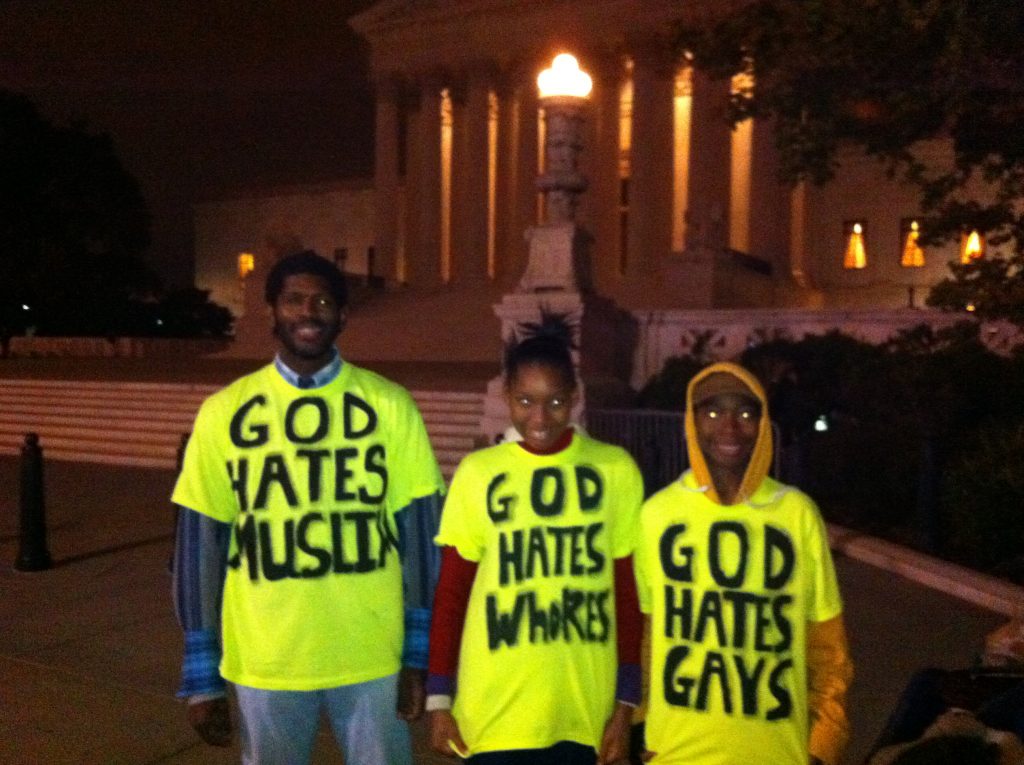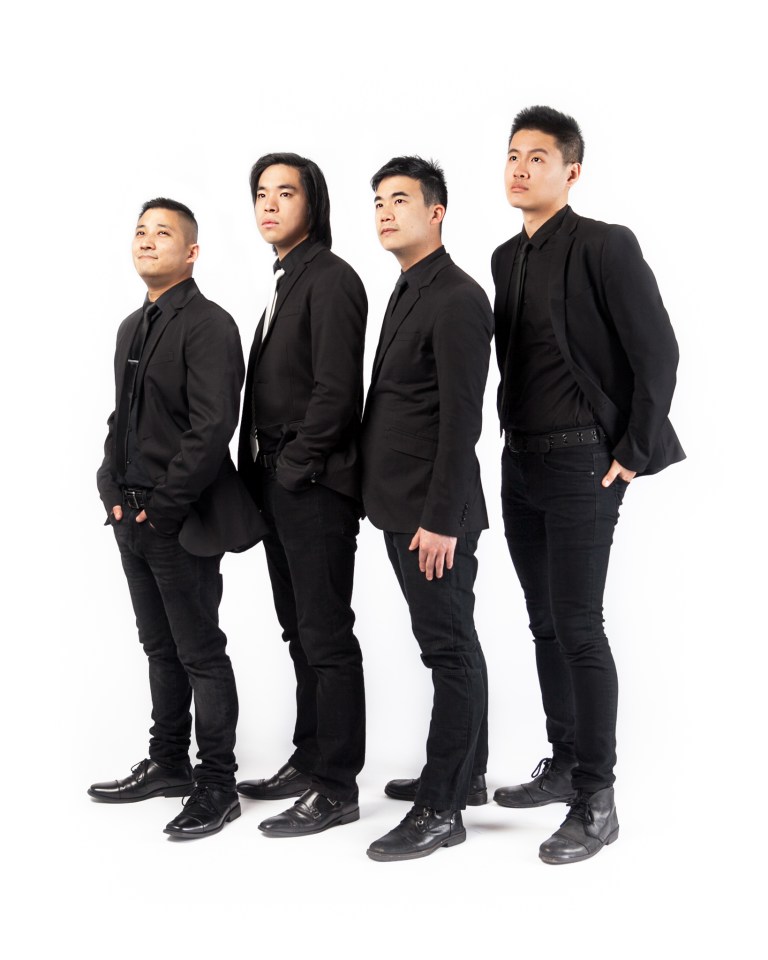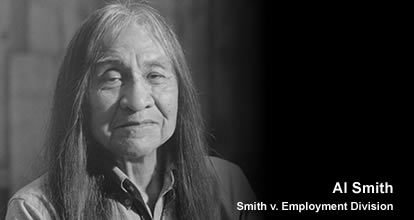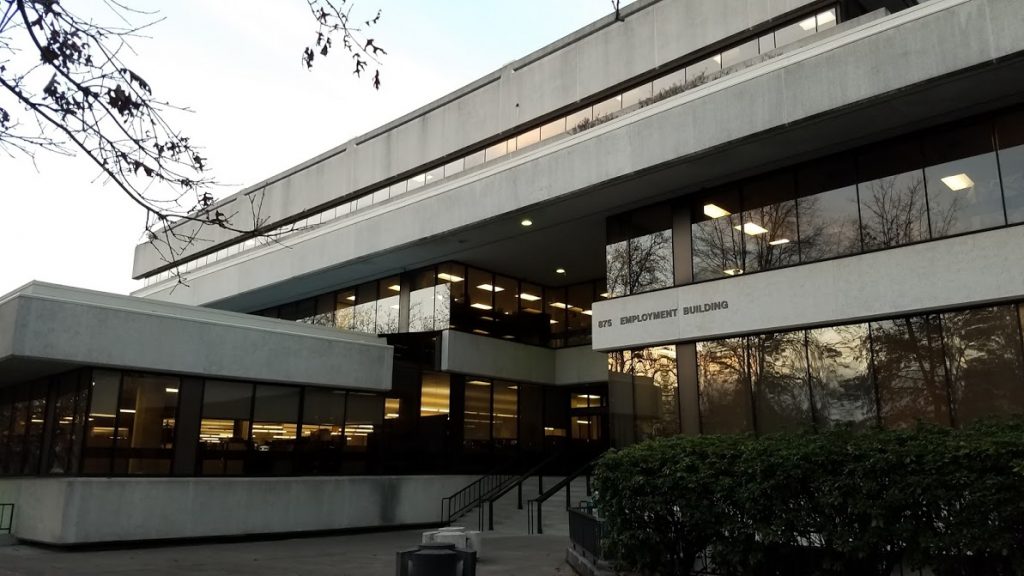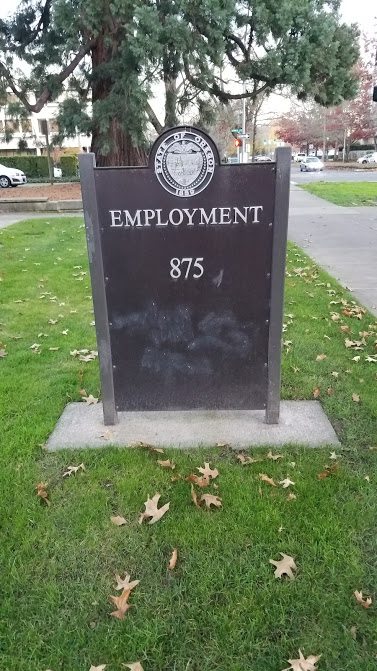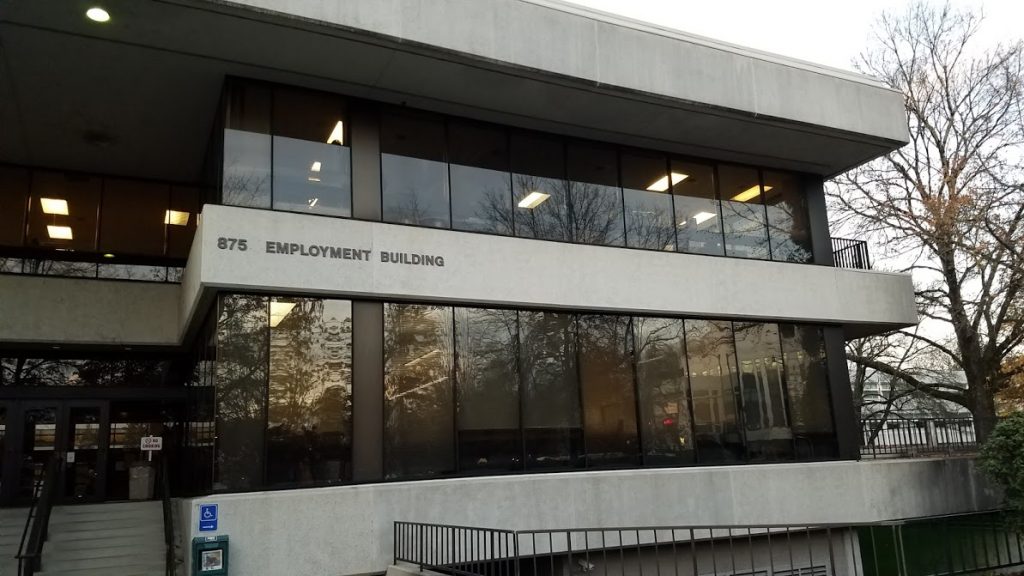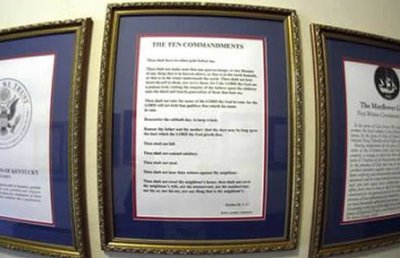Today, we will cover the two main regulatory takings case, both of which involve the word Penn–Penn Coal v. Mahon and Penn Central v. NYC.
The lecture notes are here.
Subsidence describes the proces whereby land shifts down due to under-ground mining.
This image courtesy of Wikimedia illustrates subsidence:
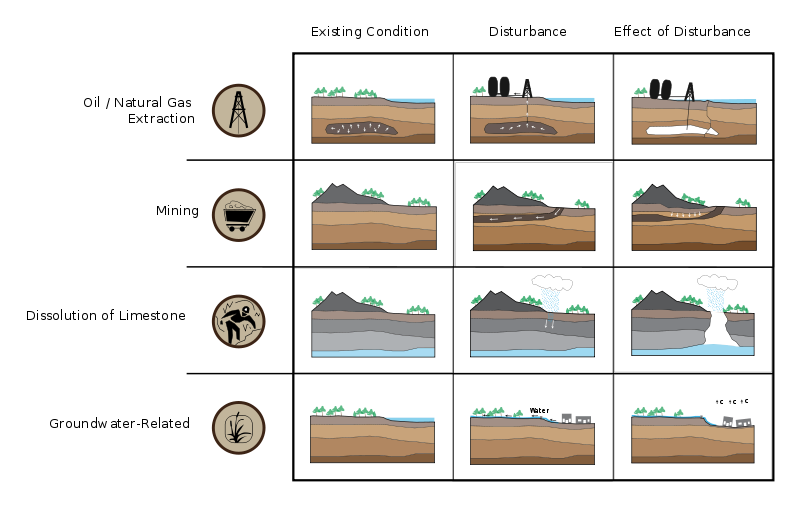
Here are photographs of Grand Central station, the site of the famous Penn Central Transportation Company v. City of New York.
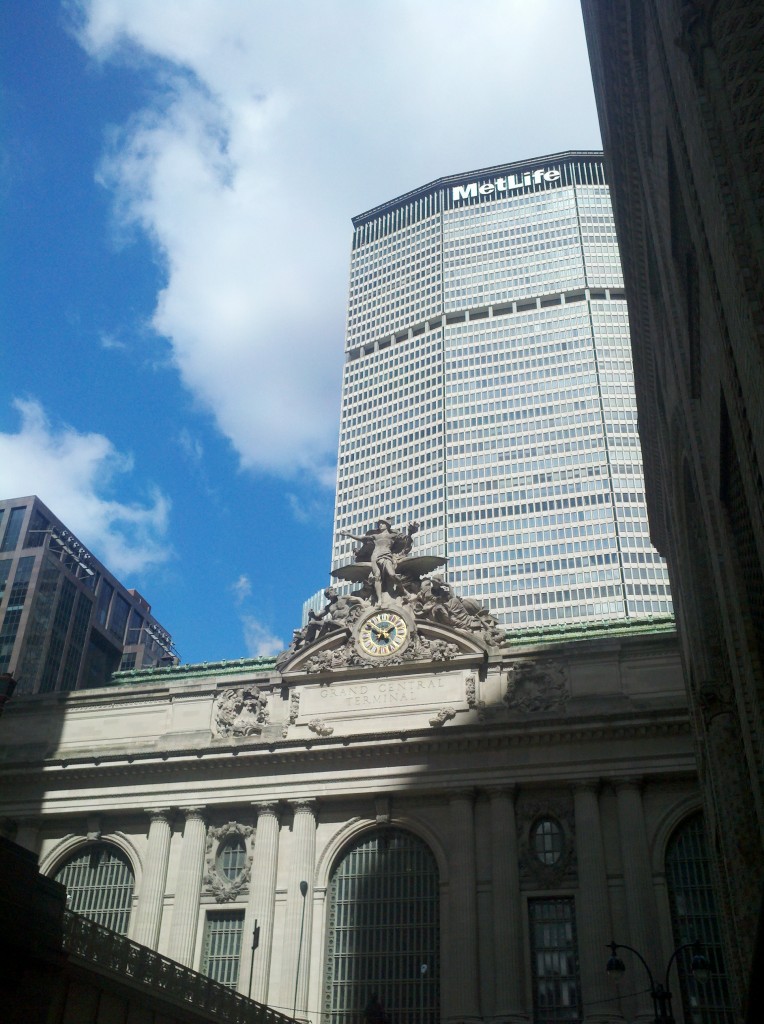
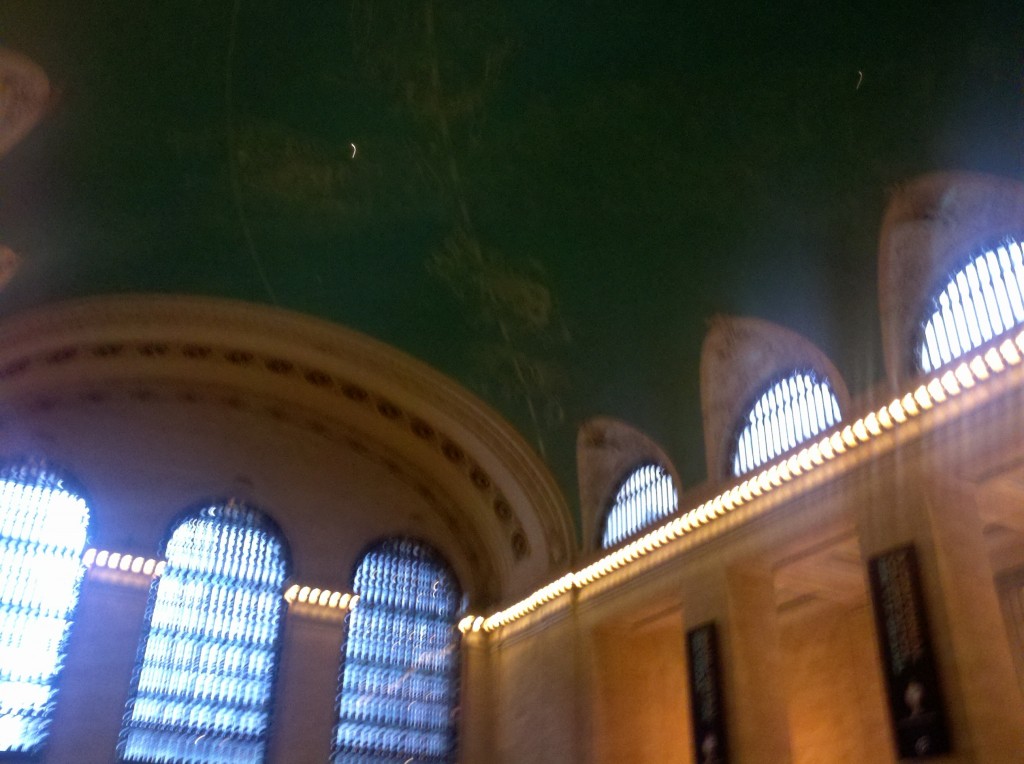
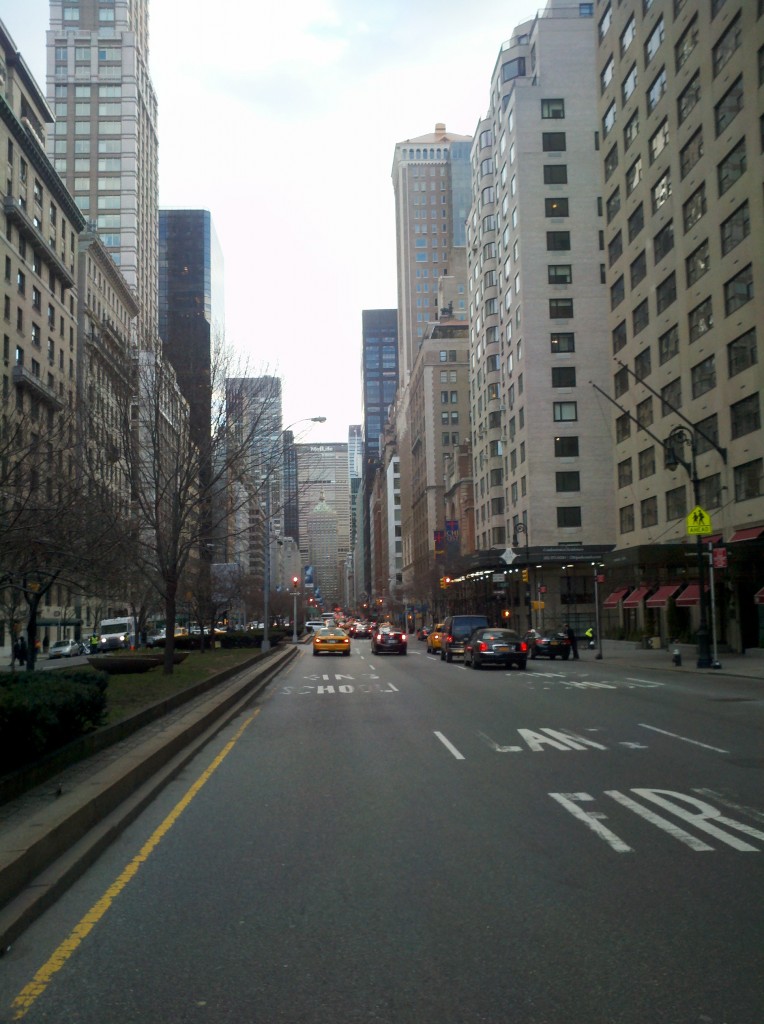
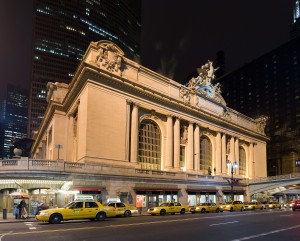
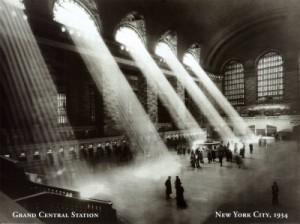
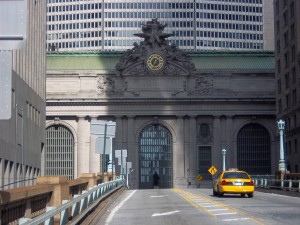
When teaching Penn Central Co. v. NYC, it is very important to stress that the proposed construction atop Grand Central Station must be viewed in the context of the then-recently built Pan-Am Building (now the Met Life building).
Here is a map of where Grand Central Station is located:
View Larger Map
The Pan-Am Building stands immediately behind Grand Central Station, and blocked any conceivable view of downtown Manhattan. The Commission noted that building above Grand Central would cut off “the dramatic view of the Terminal from Park Avenue South.”

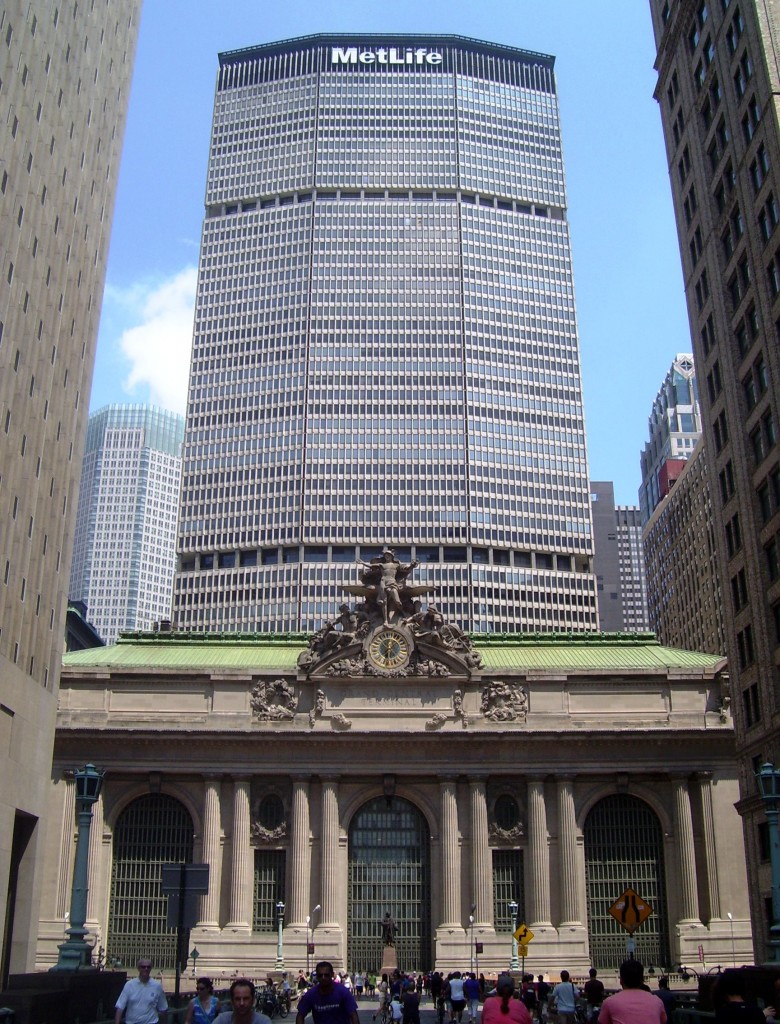
To give you a sense of where Grand Central is, and how it would fit into the city, this diagram is helpful:
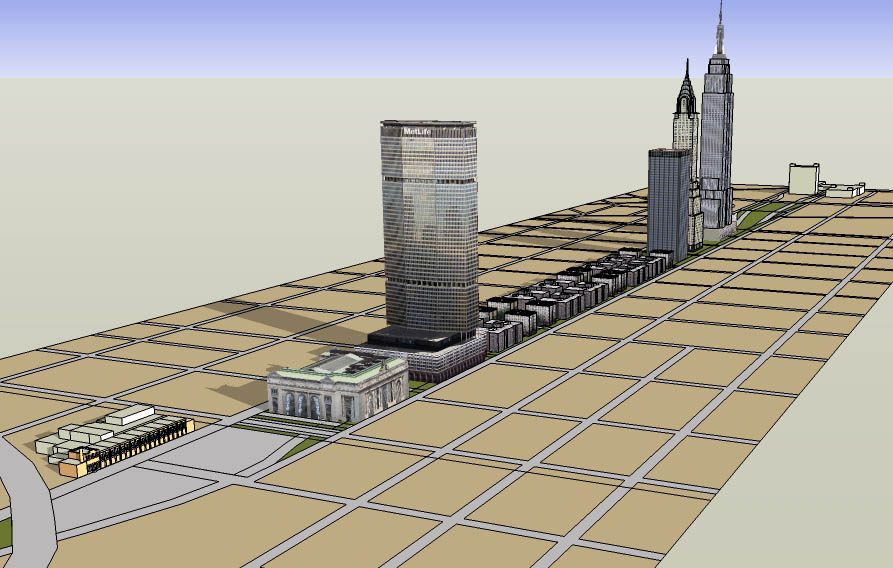
Here are blueprints of the two proposed designs to build above Grand Central. The first design, Breur I, would have preserved the exterior and built a tower. “The first, Breuer I, provided for the construction of a 55-story office building, to be cantilevered above the existing facade and to rest on the roof of the Terminal.”
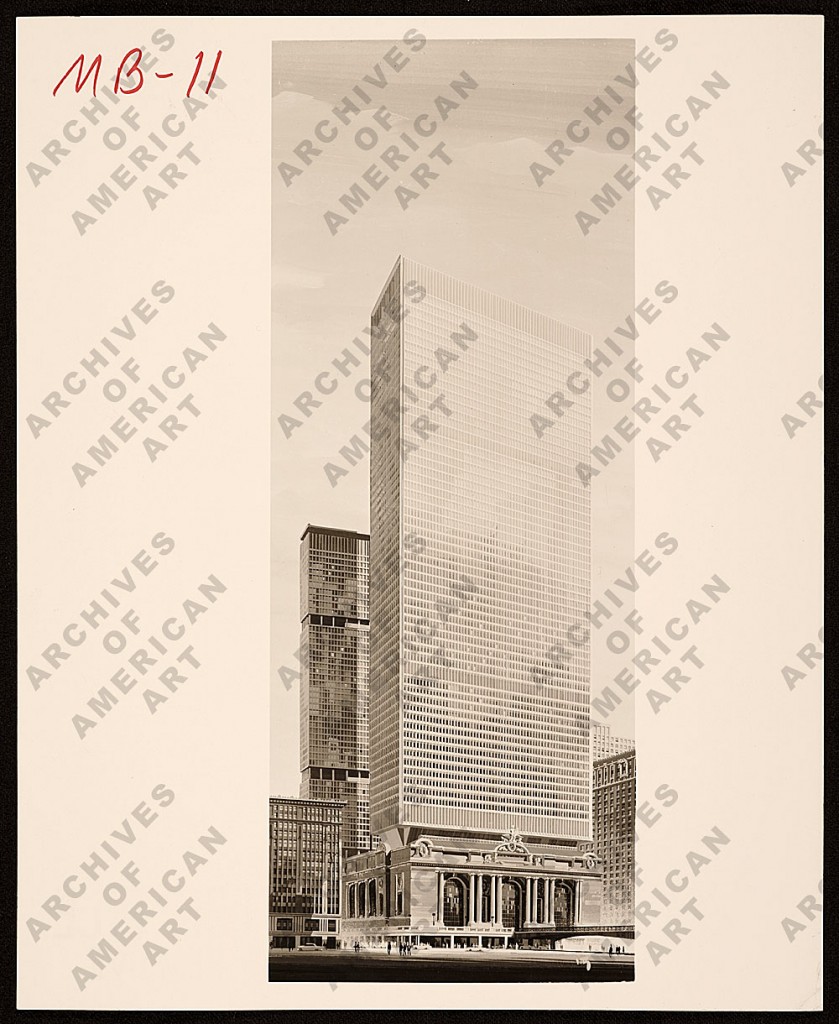
The second design, Breur II, would have stripped the facade and built the tower. “The second, Breuer II Revised, called for tearing down a portion of the Terminal that included the 42d Street facade, stripping off some of the remaining features of the Terminal’s facade, and constructing a 53-story office building.”
